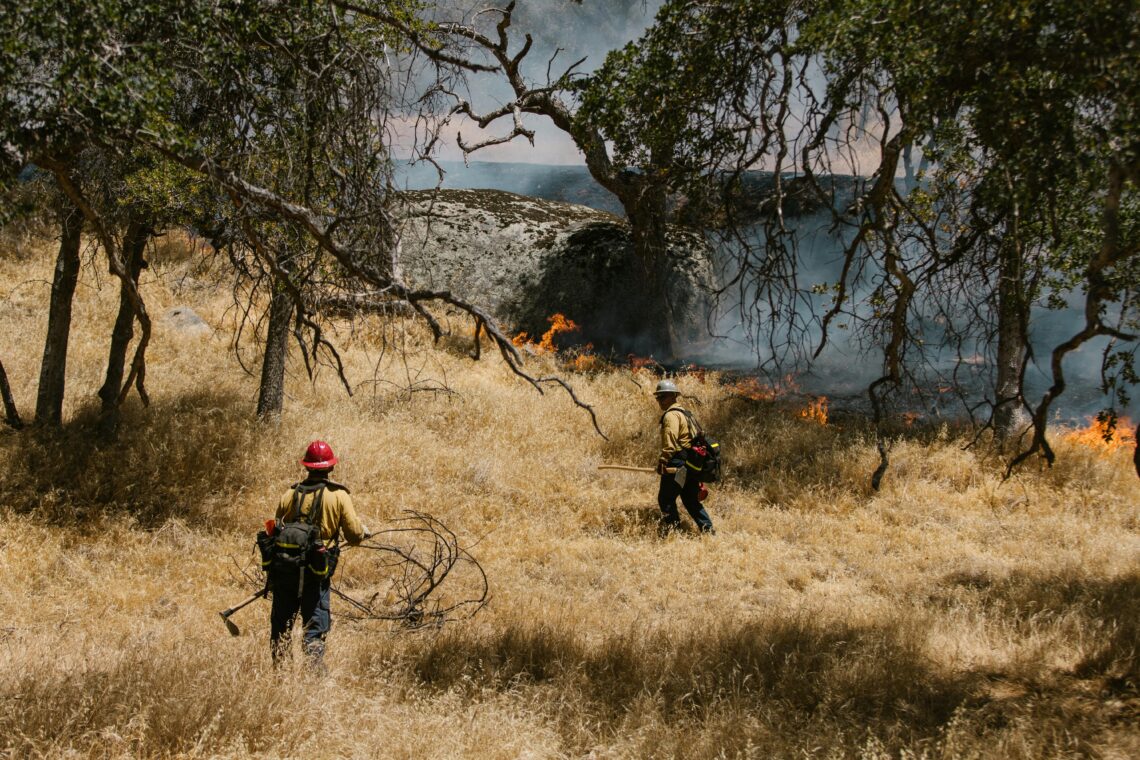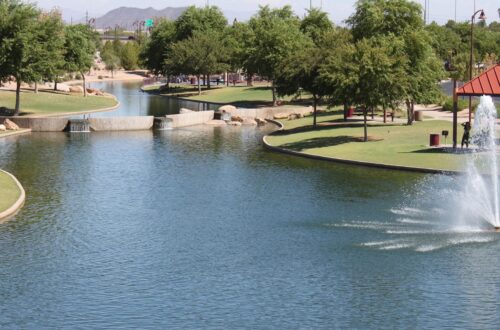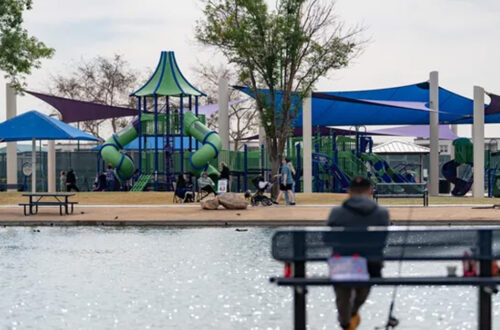
Arizona Fire Safety and Prevention for Homeowners
The countless hours I've spent poring over building codes and fire regulations have transformed my understanding of safety protocols. Just last week, I completed a several hours long intensive course on fire safety and prevention while juggling my real estate broker's license exam prep—those thick textbooks now dominate my dining room table! Before we dive into Arizona's unique challenges with summer brush fires and home fire hazards, let me share what I've discovered about our state's evolving prevention strategies.
As a homeowner in Arizona, understanding fire safety and prevention is crucial due to the state's dry climate, prevailing winds, and wildfire risks. Here’s a comprehensive guide to help you protect your home and family from fire hazards.
1. Understanding Fire Risks in Arizona:
- Arizona's arid climate significantly increases the risk of wildfires, particularly during the hot summer months.
- Common causes of fires include wildfires, human activities (e.g., discarded cigarettes, fireworks, and improper outdoor burning), and household electrical malfunctions.
2. Create a Fire-Safe Landscape:
- Maintain a defensible space around your home. Clear vegetation and debris within at least 30 feet.
- Use fire-resistant landscaping materials, such as gravel and suppressive plants that require less water.
- Ensure that trees are pruned and spaced adequately to prevent fire from spreading.
3. Fire-Resistant Home Construction:
- Use non-combustible materials for roofing, siding, and decks. Metal and tile roofs are more fire-resistant than traditional shingles.
- Install dual-pane, tempered glass windows, which can withstand high heat and flying embers.
- Seal all gaps and openings in your home’s exterior to prevent embers from entering.
4. Installing Smoke Alarms and Fire Extinguishers:
- Install smoke alarms on every level of your home, inside each bedroom, and outside sleeping areas. Test alarms monthly and replace batteries annually.
- Keep at least one fire extinguisher on every level of your home, and ensure it is rated for all types of fires (Class A, B, C).
5. Creating an Emergency Plan:
- Develop a clear fire escape plan with designated meeting points outside your home. Practice the plan regularly with your family.
- Keep important documents in a fireproof safe and have a go-bag ready with essentials in case of evacuation.
6. Preparing for Wildfire Season:
- Stay informed about local fire conditions and alerts via local news or official channels.
- Create an evacuation plan for pets and livestock, including transport arrangements.
- Keep a supply of emergency essentials (water, food, medications) readily accessible.
7. Safe Outdoor Practices:
- If burning debris, follow local regulations, and ensure you have a permit if required. Always supervise any outdoor flames vigilantly.
- Discard cigarettes properly, using a metal receptacle, and avoid smoking near dry grass.
- Refrain from using fireworks, especially during drought conditions or fire bans.
8. Community Involvement and Education:
- Participate in local fire safety programs and attend workshops offered by fire departments.
- Get involved in community efforts to mitigate fire hazards, such as neighborhood brush clearing events.
9. Regular Maintenance Checks:
- Inspect your home’s electrical systems regularly for damage and hire a professional for maintenance.
- Clean gutters and roofs regularly to remove debris that can catch fire.
10. Insurance Coverage:
- Review your homeowner's insurance policy to ensure adequate coverage for fire damage. Consider additional coverage specifically for wildfire damage, if necessary.
By implementing these fire safety and prevention measures, Arizona homeowners can significantly reduce the risk of fire damage and enhance the safety of their loved ones and properties. Stay informed, prepared, and proactive to protect your home against fire hazards.




